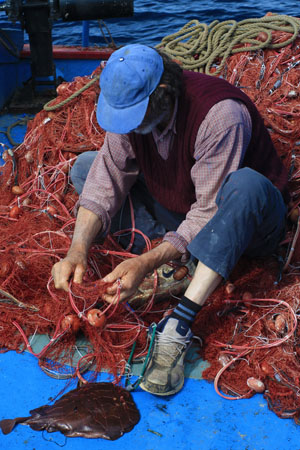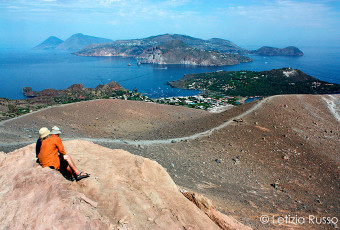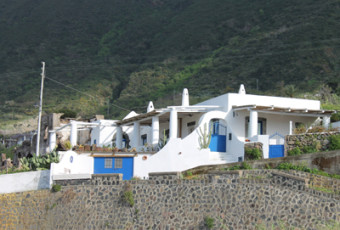Fishing
 The sport fishing is one of the most practised activities on the islands of the Aeolian archipelago. The position of the archipelago and its unique morphological and bathymetric characteristics assure amusement and delicious spoils. The used techniques are various: Bolognese fishing between rocks and near to small harbours, deep fishing from the coast, and for those who use boats, it is possible to practise the traditional fishing line, trawler fishing, or the modern techniques of vertical fishing (Jigging, Kaburae, Inchiku).
The sport fishing is one of the most practised activities on the islands of the Aeolian archipelago. The position of the archipelago and its unique morphological and bathymetric characteristics assure amusement and delicious spoils. The used techniques are various: Bolognese fishing between rocks and near to small harbours, deep fishing from the coast, and for those who use boats, it is possible to practise the traditional fishing line, trawler fishing, or the modern techniques of vertical fishing (Jigging, Kaburae, Inchiku).
Under coastal fishing line -20mt/25mt
In under coastal fishing line the most spread species are represented by cuttlefishes, squids, and octopus which reach remarkable sizes. It is important to equip yourselves with specific artificial baits. There are a lot of sand steenbras, easy to fish with leeway with the use of natural baits.
One of the most frequent techniques practised on the archipelago is fishing line at medium depth, capable to donate abundant game bags, and occurs near numerous shallows. The species easily to be found are: barracuda, groupers, saddled breams, morays, breams, forkbeards and turbots. Between October and April you can find a lot of common Pandora.
Different is trawler fishing, which can offer exciting captures of amberjacks , and using shaving seabed lines, it is possible to meet well-sized snappers. Sailing at moderate speed and fishing from half-height waters till the surface, it is possible to fish common Dolphinfishes, albacore Tunas, little Tunas, and if lucky, swordfishes.
The fishing of red squids
A particular mention deserves the fishing of red squids, practised by local fishermen. The squid is a cephalopod, having ten tentacles, two of which are longer than others. Reaching considerable weight, it is not rare to find squids exceeding ten kilos and one meter of length. It is about fishes living in depth. The locals use fishing methods, handed down from one generation to another. During deep summer, in the late afternoon, fishermen prepare their boats for fishing, taking place later that night. The squid lives in great depths, but the conformation of Aeolian seabed has elevated bathymetric, even in coast proximity, and permits to reach high seabed zones without going far away from the coast. The principal bait is constituted of “totanara” (artificial squid creel) of big dimensions, locally called “Lontro”, which consists in lowing a metallic cylinder made of stainless steel, to which a stroboscopic light is fixed, with the function of call. At the end of the cylinder a creel full of hooks without barbs is collocated. Of course there are different variations in “lontro” construction. Tradition, creativity, and manual skill of fisherman allow remarkable variations of the hand-made product. The fishing action consists in lowing the “totanara” into the high sea bottom, and in pulling it up progressively towards the surface, making long pauses. Attracted by throbbing lights, squids go back up towards the surface where are then caught thanks other “totanara” of smaller dimensions. More modern systems contemplate the usage of fishing rods, equipped with electric fishing reels, and “totanara” produced by qualified companies. The squid fishing, apart from granting tasty booties, is very amusing; that is why it is practised by the sport- and semi-professionals.








